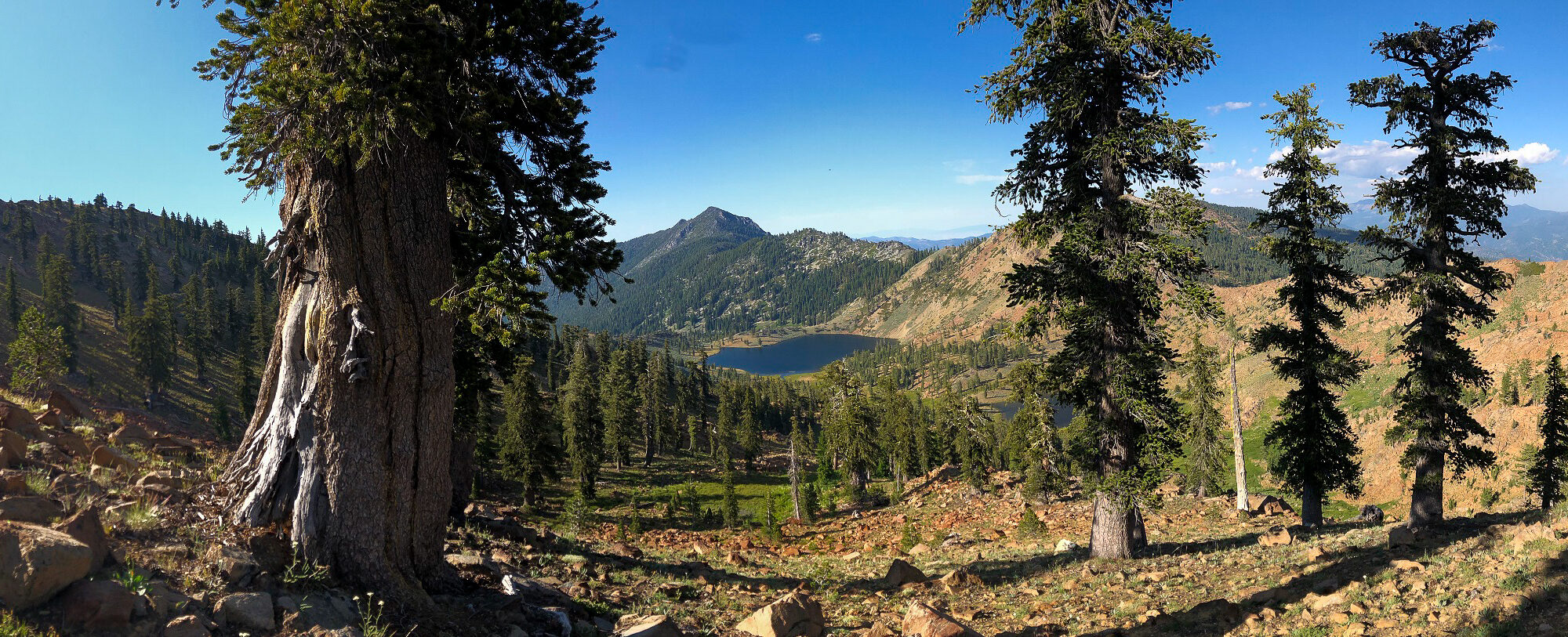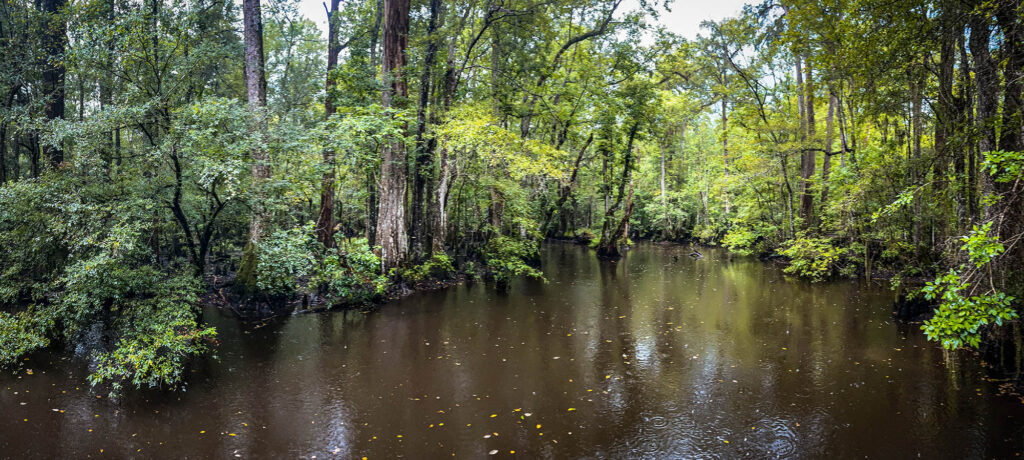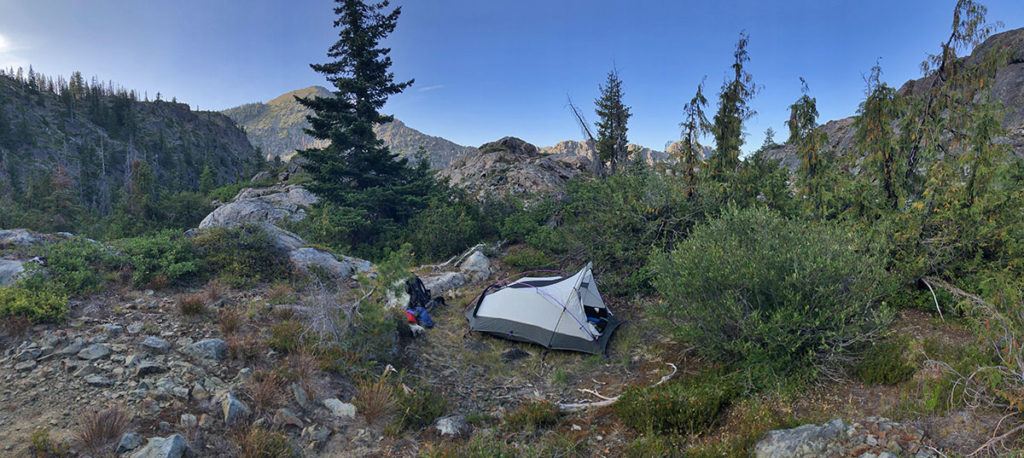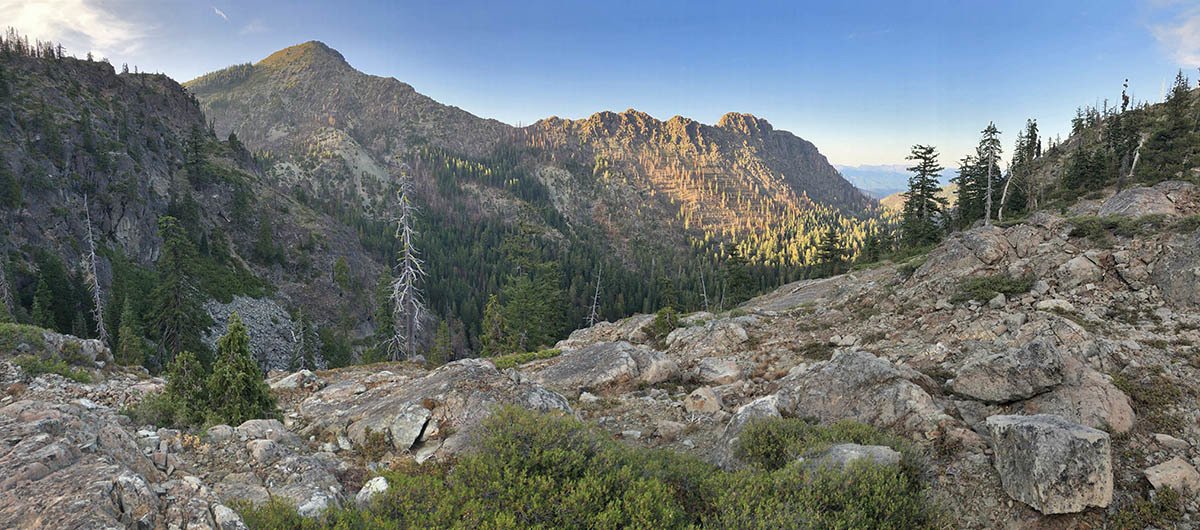In Search of a Living Fossil in the Eastern Klamath Mountains
This spring, I embarked on my inaugural journey to the far eastern reaches of the Klamath Mountains—a realm where ancient limestone outcrops narrate tales of deep time, and where evolutionary relicts persist in quiet resilience. My quest: to encounter the elusive Shasta snow-wreath (Neviusia cliftonii), a botanical enigma known only to the rugged terrains surrounding Lake Shasta.
Continue reading “Discovering Shasta Snow-Wreath (Neviusia cliftonii)”







